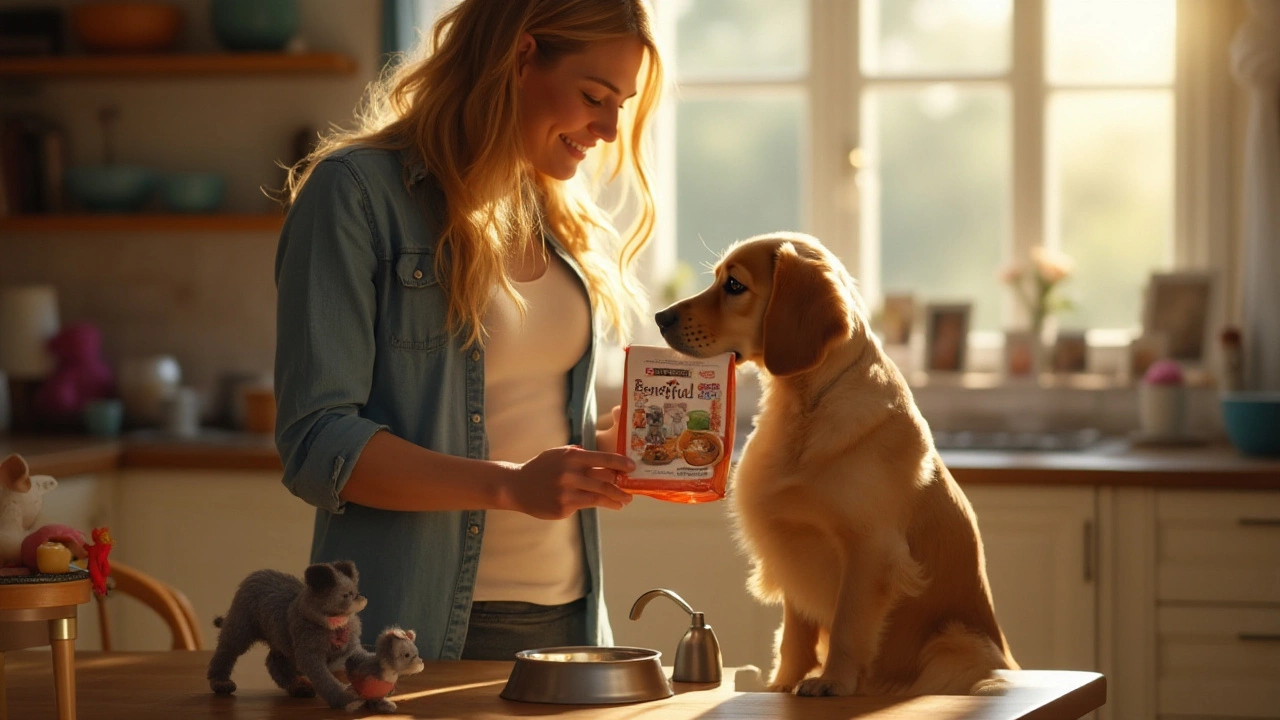Dog Food Recall: Quick Guide to Keep Your Pup Safe
If you hear that a brand of dog food has been recalled, you probably feel a rush of worry. You want to act fast, but you also need the right facts. This guide breaks down what a recall means, how you can find out if your bag is affected, and what steps to take right away.
How to Spot a Dog Food Recall
Manufacturers must announce recalls on their websites, on the Food Standards Agency site, and through news outlets. The fastest way to check is to keep the product’s batch code or lot number handy. Most bags have a series of letters and numbers near the bar code – that’s the identifier regulators use.
Sign up for email alerts from the UK’s Food Standards Agency (FSA) or from major pet‑food brands you trust. Many brands also post recall notices on their social media pages, so a quick scroll can save you a lot of worry.
A recall can happen for several reasons: contamination with salmonella, mycotoxins, undeclared allergens, or a serious labeling error. The notice will always tell you why the product is being pulled and what health risks it poses.
Steps to Take When Your Dog’s Food Is Recalled
1. Stop feeding the product immediately. Even if your dog seems fine, the risk can be hidden. Keep the bag, can, or pouch until you know what to do next.
2. Verify the batch. Compare the lot number on your package with the one listed in the recall notice. If they match, you’re in the affected group.
3. Contact the manufacturer. Most recalls include a phone number or email for refunds or replacements. They may ask for the packaging, so don’t throw it away.
4. Watch your dog for symptoms. Common signs of food‑related illness include vomiting, diarrhea, loss of appetite, or lethargy. If any of these appear, call your vet right away and mention the recall.
5. Dispose of the food safely. Follow the instructions in the recall notice. Usually you’ll be told to seal the product in a bag and place it in regular trash – not to compost it.
6. Switch to a safe alternative. Choose a different brand or a freshly opened bag from a batch that isn’t recalled. If you’re unsure, your vet can recommend a short‑term diet.
7. Report any adverse reactions. The FSA has an online form where you can log what happened to your dog. Your report helps regulators track the problem.
Prevention is easier than reaction. Store all pet‑food packaging in a single spot so you can see the lot numbers when you shop. When you buy a new bag, write the batch code on a note and keep it with the receipt. This habit makes checking recalls a breeze.
Recall news can feel overwhelming, but you don’t have to navigate it alone. By staying alert, keeping records, and acting fast, you protect your dog’s health and avoid unnecessary stress. Keep this guide handy – the next time a recall pops up, you’ll know exactly what to do.
- Morgan Ainsworth
- 0 Comments
Understanding the Lawsuit Against Purina Beneful Dog Food: Key Insights
Purina Beneful has faced legal scrutiny over certain ingredients in their dog food that some pet owners believe led to health issues in their pets. This article delves into the details of the lawsuit, addressing the claims against Beneful, the company's response, and what this means for concerned pet owners. It also provides insights on pet food safety and tips for choosing the best food for your dog. A read for every pet owner aiming to keep their furry friend healthy.
View More
